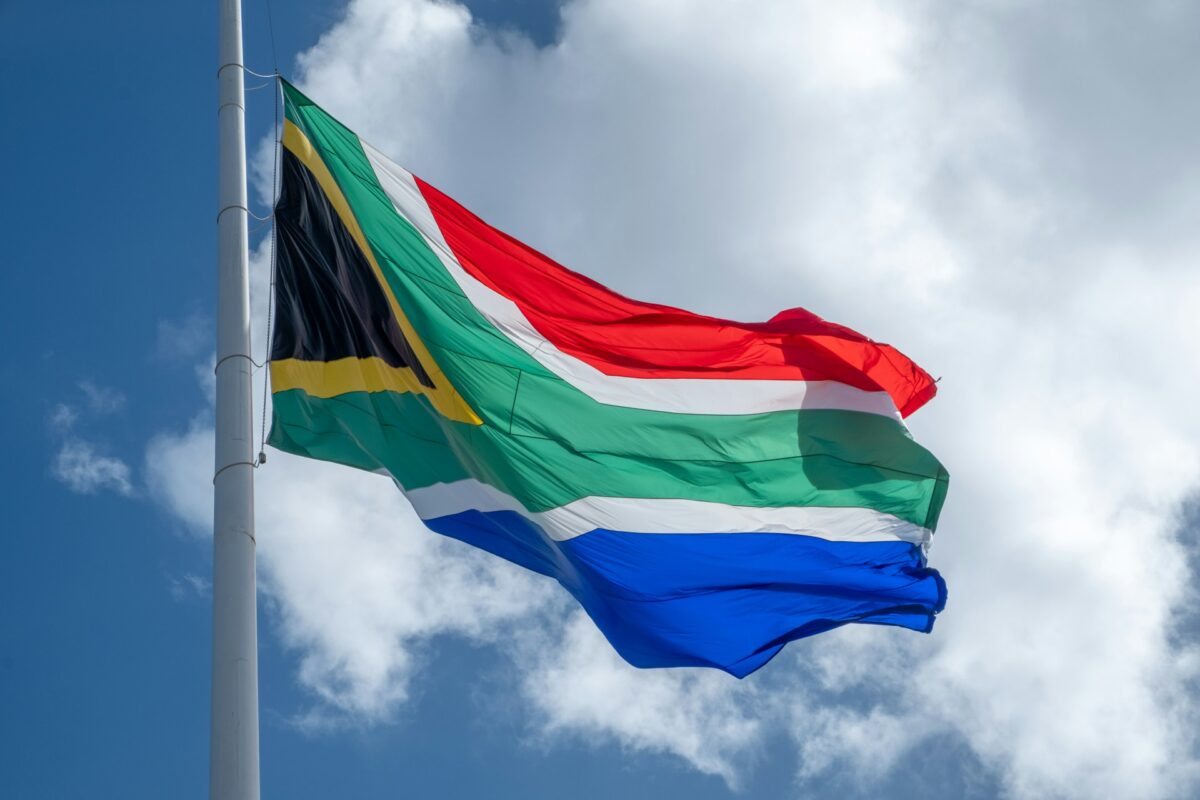The South African government has formally approved the SAREM.
The plan aims to promote the industrialization and localization of South Africa’s renewable energy and storage value chains while supporting the country’s shift from a centralized, carbon-intensive energy model to a decentralized, low-carbon structure.
Key targets in the SAREM include driving local industrial development through a minimum of 3 GW of new renewable energy projects per year, increasing to 5 GW annually by 2030.
“Considering that most component manufacturing requires 1 GW or less of annual demand (over a minimum period of five years) to be economically viable, such a scale would be sufficient to support the growth of local manufacturing operations.” said the government. “Any additional rollout, in line with the country’s requirement to achieve energy security and climate change objectives, would then enable further industrial development.“
The plan also aims to create up to 25,000 jobs in South Africa's domestic renewable energy sector by the end of the decade, with a focus on developing local manufacturing of key components including solar panels, inverters, wind turbine towers, cables and batteries.
It targets 50% locally manufactured content and associated services in the country’s solar sector, and 60% in the storage sector, by 2030.
Upon approving the document, the South African Cabinet of Ministers said additional work should be done to incentivize investors to fund renewable energy supplier development. Ministers also called for the development of green hydrogen to meet an international obligation of 5% blended fuel in aviation and maritime sectors by 2030.
A government statement added that while the immediate focus will be on implementation, the SAREM will serve as a “living document” to be adapted and updated as technologies and sectoral priorities evolve.
Dr. Rethabile Melamu, CEO of the South African Photovoltaic Industry Association (SAPVIA), told pv magazine that the association was on the steering committee since the inception of the SAREM process and saw first-hand “how everyone pulled in the same direction.”
“The real work begins now – we need to continue our collective efforts in making this plan a reality,” added Melamu.
South Africa deployed 1.1 GW of solar in 2024, following a record year for solar additions in 2023.
This content is protected by copyright and may not be reused. If you want to cooperate with us and would like to reuse some of our content, please contact: editors@pv-magazine.com.




By submitting this form you agree to pv magazine using your data for the purposes of publishing your comment.
Your personal data will only be disclosed or otherwise transmitted to third parties for the purposes of spam filtering or if this is necessary for technical maintenance of the website. Any other transfer to third parties will not take place unless this is justified on the basis of applicable data protection regulations or if pv magazine is legally obliged to do so.
You may revoke this consent at any time with effect for the future, in which case your personal data will be deleted immediately. Otherwise, your data will be deleted if pv magazine has processed your request or the purpose of data storage is fulfilled.
Further information on data privacy can be found in our Data Protection Policy.